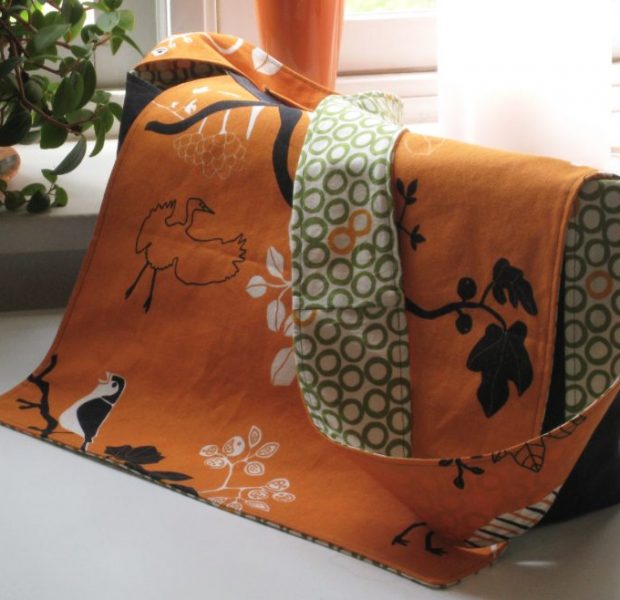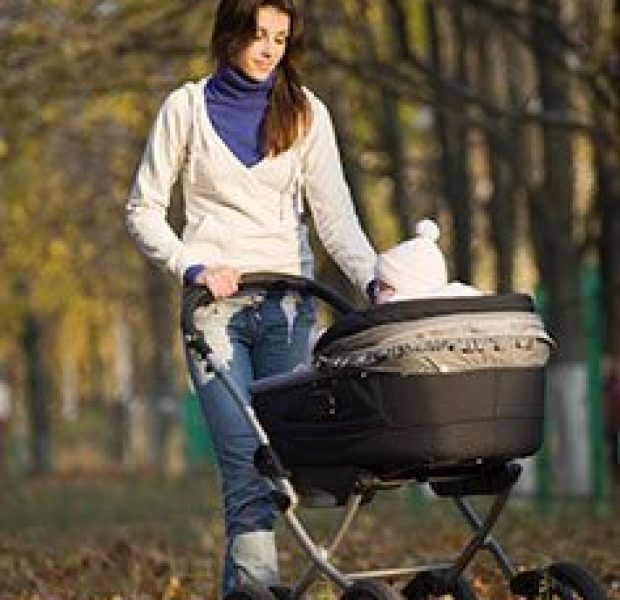With the temperatures here in Brisbane soaring – if you are pregnant the heat can often feel even hotter carrying around your growing baby. Here are some tips to help tackle coping with the heat this summer: Keep your fluids up Hydration is important for everyone but when pregnant it is very important to ensure you drink enough fluids – so water, herbal teas, and milk. At least 6-8 glasses of water per day is recommended. By the time you actually feel thirsty you are already starting to become dehydrated, so make sure you drink your fluids regularly. You might also want to minimise your salt intake as too much salt can lead to water retention. Tip – take a bottle of water in the car/on public transport and when out and about with you. Stay out of the sun Stay out of the sun where you can – especially when it is the hottest part of the day, and don’t forget that your skin may be sensitive during your pregnancy – so be careful. Some women can experience cholasma whilst pregnant which is causes pigmentation on the face – if you go in the sun these may darken also. Tip – make sure you wear a high factor sunscreen when out and about. Swimming to cool down If you have a pool a nice dip is the perfect way to cool off – preferably not in the direct sunlight, or if you don’t have a pool then pop along to your local public pool. Alternatively you could invest in a small paddling pool to dip your feet in on those extra hot days* or even have a nice cool shower (but not ice cold!). Tip – please consult council pool guidelines for paddling pools and safety, and always consult your doctor if you are intending on starting any new exercise. Wear fabrics that are breathable Wear fabrics that are lighter and cooler on the really hot days such as cotton, and in the evening when in bed consider your bed clothes and bed fabrics as they may make you […]









